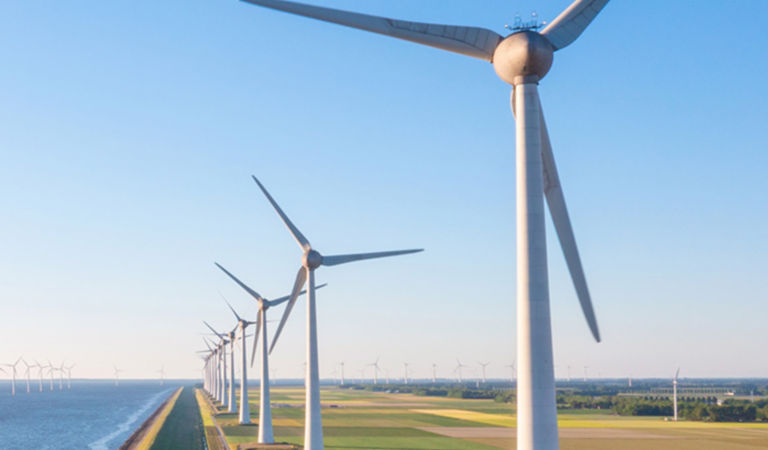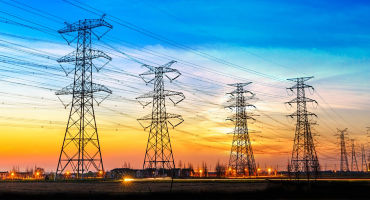The US Inflation Reduction Act (IRA) is a historic piece of legislation that should lower the cost of the energy transition, spur innovation, and transform the US clean power and clean infrastructure industries. The law assures US$387 billion for solutions (Figure 1), with subsidies potentially amounting to far more over time, given resulting demand generation. And while the IRA primarily supports climate mitigation initiatives — reducing greenhouse gas (GHG) emissions to forestall the worst effects of climate change — it also incentivizes spending on climate adaptation and resilience.
Who stands to benefit most from the law’s deflationary objectives? In our view, industries like clean-power technology and electric utilities, which enable the economy to transition to renewable energy and reduce reliance on fossil fuels, are the most directly and positively affected. Developers and manufacturers along the solar and wind value chain could also see a boost, as could emerging technologies like green hydrogen and energy storage. Last, but not least, the law is a positive for US consumers, who should benefit from lower electric bills and less fluctuation in costs over time.















